Macheollu (마천루)
4.4Km 2019-04-16
236, World Cup 4gang-ro, Seo-gu, Gwangju
+82-62-381-8006
Macheollu is a popular Chinese cuisine restaurant, especially for familiy and friend gatherings. The restaurant also has “couple” menus for young couples.
Jin Convalescent Hospital (진요양병원)
4.8Km 2025-07-29
33, Daejasil-ro, Buk-gu, Gwangju
Jin Convalescent Hospital is a Ministry of Health and Welfare-certified cancer rehabilitation hospital located in Unam-dong, Buk-gu, Gwangju. We provide personalized care tailored to each patient’s condition and symptoms, focusing on specialized programs for cancer patients while utilizing the latest equipment and technology. Our commitment is to prioritize patients’ health and wellness. In 2024, we were designated a foreigner-friendly hospital in Gwangju, offering internal medicine consultation, a wellness clinic, comprehensive blood tests, obesity treatments, and an integrated pain clinic combining Western and Korean medicine for international patients. Experience compassionate, patient-centered care and expert medical treatment here with us.
Gwangju National Museum (국립광주박물관)
4.9Km 2023-11-28
110 Haseo-ro, Buk-gu, Gwangju
+82-62-570-7000
Gwangju National Museum, opened on December 6, 1978, was established to promote the development of cultural arts and to foster patriotism. Gwangju National Museum’s goal is to conserve cultural values through the collection and preservation of historical and valuable artifacts found in the Gwangju and Jeollanam-do regions as well as make contributions to the community through continuous research, exhibition, and education. With over 130,000 artifacts as well as various educational and experience programs, the museum aims to provide an enjoyable cultural center for visitors.
Pungam Reservoir (풍암저수지)
5.1Km 2020-06-05
71-3, Woldeukeopseo-ro, Seo-gu, Gwangju
+82-62-365-4114
Pungam Reservoir was originally built in 1956 for agriculture, but was turned into a park in 1999 as part of the pilot program for developing parks nationwide. It is a popular resting area featuring traditional pavilions and wooden bridges.
Olive Young - Gwangju 518 Park Branch [Tax Refund Shop] (올리브영 광주518공원)
5.1Km 2024-04-18
90, Sangmuminju-ro, Seo-gu, Gwangju
-
Uijae Museum of Korean Art (광주 의재미술관)
5.3Km 2024-11-14
155 Jeungsimsa-gil, Dong-gu, Gwangju
+82-62-222-3040
The Uijae Museum of Korean Art was established in memory of the famous Korean artist Heo Baekryeon. Construction of the museum ended in December, 1999, but the museum wasn’t officially opened until November 17, 2001. Built to mimic the curve of a gently sloping road, the museum’s unique design earned architect Jo Seongryong the 10th Korean Architecture Award the same year as the museum’s opening. Measuring 6,000㎡ (B1-2F) in size, the museum is comprised of two exhibition rooms, a storage facility, a seminar room, and a tea ceremony room for visitors. Since its opening, the Uijae Museum of Korean Art has hosted notable exhibitions and seminars such as the 2002 Biennale Project 2 International Symposium.
May 18th National Cemetery (5·18 기념공원)
5.3Km 2024-02-29
152 Naebang-ro, Seo-gu, Gwangju
+82-62-376-5197
May 18th National Cemetery is a park established to commemorate the democratization movement that took place in Gwangju in May 18th, 1980. The park features facilities such as the May 18th Memorial Culture Center, Daedong Plaza, Gwangju Student Movement Memorial Tower, memorial spaces, and the Oweol Pavilion. It serves as a meaningful space for reflecting on the history of Korean democracy and honoring the sacrificial spirit of the martyrs who lost their lives during the democratization movement.
Mugaksa Temple (무각사)
5.4Km 2025-08-18
230, Uncheon-ro, Seo-gu, Gwangju
+82-62-383-0108
Nestled at the foot of Yeouisan Mountain in the business center of Gwangju, Mugaksa Temple is an urban Buddhist Temple. Unlike other urban Buddhist Temples, Mugaksa Temple has all the elements of a traditional temple. The temple is used as a cultural resting area and artistic spot for meetings without any religious barrier. The temple is also the starting point of the 2 kilometer walking trail to the 5.18 Memorial Park, leading to a constant flow of visitors.
Gwangju Jeungsimsa Temple (증심사(광주))
5.5Km 2021-11-09
177, Jeungsimsa-gil, Dong-gu, Gwangju
+82-62-226-0108
Located on the western foothills of Mudeungsan Mountain, Jeungsimsa Temple is a representative temple of Gwangju. First founded by Buddhist monk Cheolgamseonsa Do Yun in 517 (Silla Kingdom), the temple was remodeled by Buddhist monk Hyesoguksa in 1094 (Goryeo dynasty) and again by Kim Bang in 1443 (Joseon dynasty). The temple was burned down during the Imjin War and was reconstructed in 1609 by three Buddhist monks: Seokgyeong, Sujang, and Dogwang. It underwent several additional restorations before being destroyed again by fire during the Korean War. Most of the existing buildings, including Daeungjeon Halll (main temple building), were rebuilt in the 1970s.
Namdo Folk Food Exhibition Room & Honam Cultural Material Pavilion (남도향토음식박물관·호남문화자료전시관)
5.5Km 2021-11-27
477, Seoljuk-ro, Buk-gu, Gwangju
+82-62-410-6642
Located in Gwangju, the Namdo Folk Food Exhibition Room was established to preserve and promote the local foods of the Namdo region. The museum has a museum shop, both permanent exhibitions and special planned exhibitions, and a studio where visitors can watch a variety of video content related to the local foods. In the Honam Cultural Material Pavilion, literature, clothing, and artwork from the region are on display.
The museum building was designed to resemble both the long, rectangular presses used to make patterned rice cakes and the Ipseokdae Rock of Mudeungsan Mountain, a symbol of Gwangju. Even the colors of the building’s walls hold special significance. The obangsaek (five colors; blue, white, red, black, and yellow) symbolize the cardinal directions, the seasons, the major organs in the body, different tastes, feelings, and philosophy.
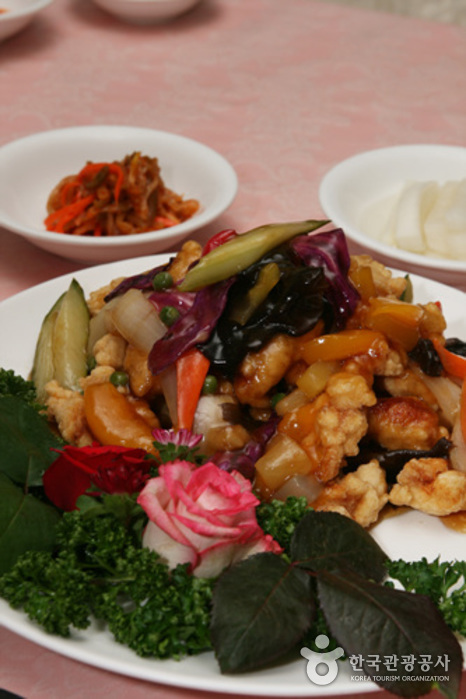

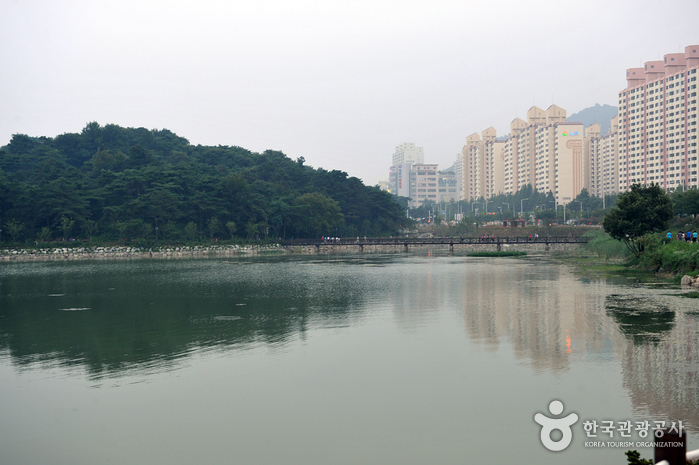
![Olive Young - Gwangju 518 Park Branch [Tax Refund Shop] (올리브영 광주518공원)](http://tong.visitkorea.or.kr/cms/resource/24/2886924_image2_1.jpg)

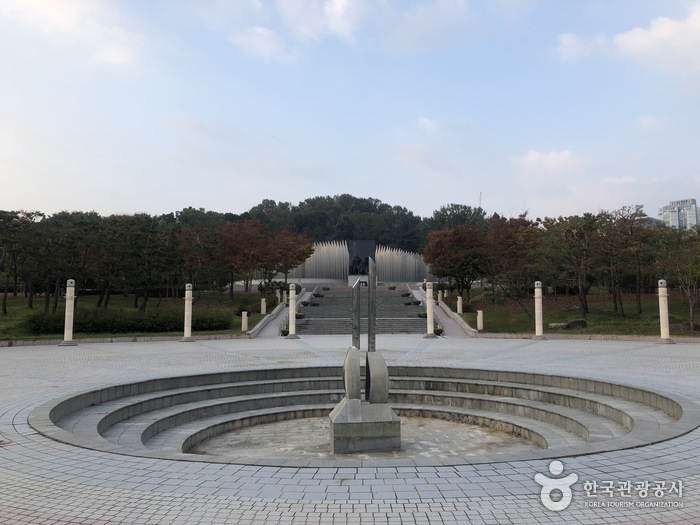
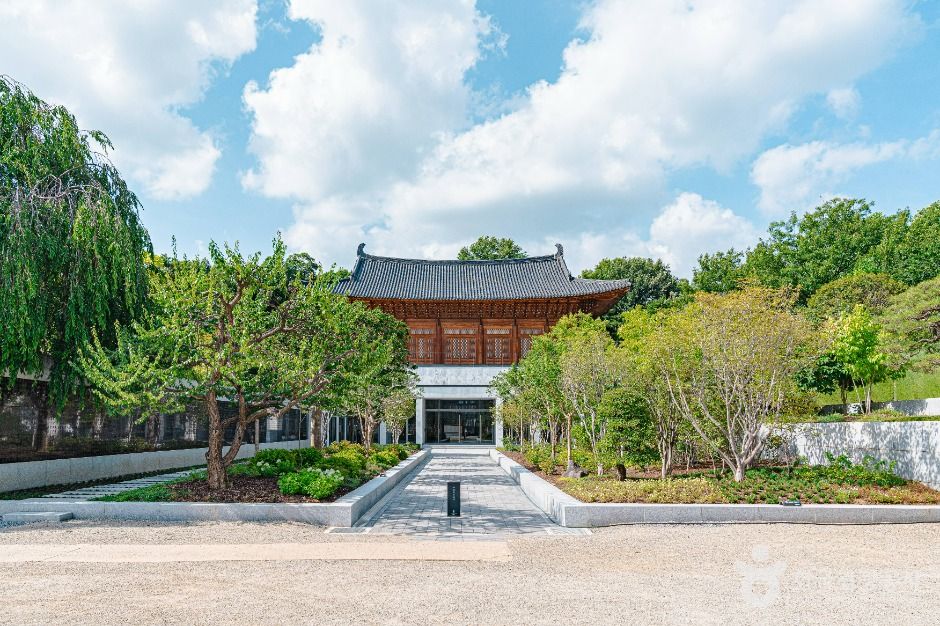
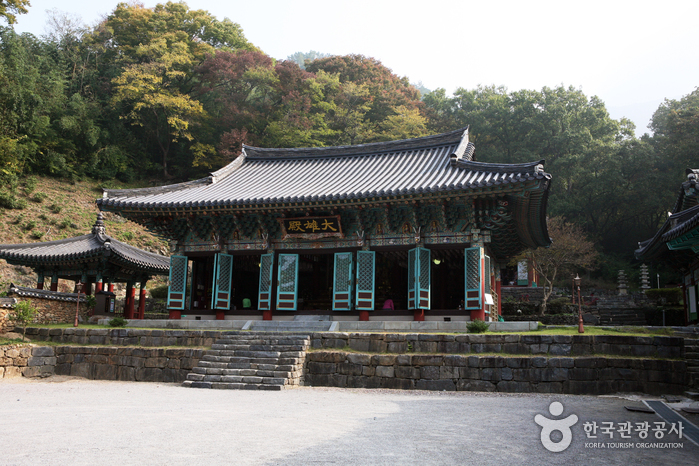
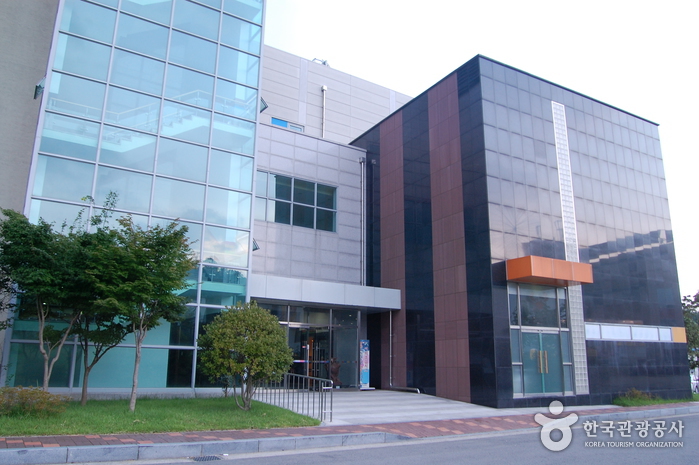
 English
English
 한국어
한국어 日本語
日本語 中文(简体)
中文(简体) Deutsch
Deutsch Français
Français Español
Español Русский
Русский